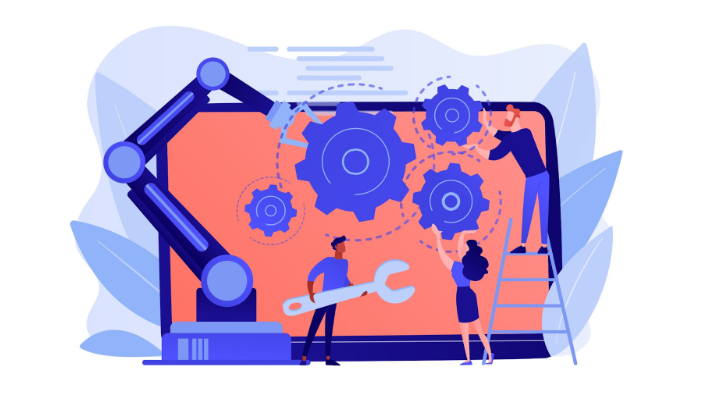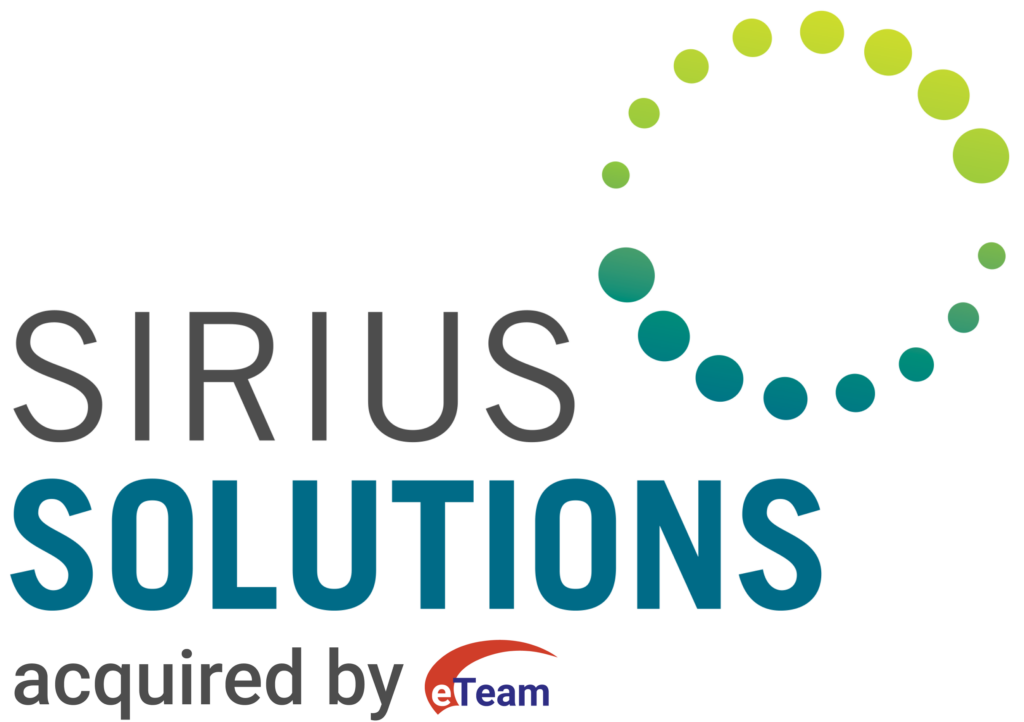Four Must-Use Technology Integration Tools

Organizations are always looking for new and creative methods to stay ahead of the curve in the ever-changing world of technology through efficient technology integration. The latest developments in technology integration, such as artificial intelligence and tools for process optimization, are drastically changing how organizations run. This article examines the most recent developments in technology integration, including tools, trends, and innovations. It also examines how these developments affect change management tactics and provides advice on dealing with implementation resistance.
Top 4 Trends, Tools, and Innovations
1. Generative AI
The emergence of generative AI is among the most significant developments of the past few years. With the help of deep learning algorithms, machines can now produce content that resembles that of a person, creating new opportunities for creativity and problem-solving. By increasing productivity and efficiency, generative AI is revolutionizing various industries, from content production to task automation.
2. Process Optimization Tools
Process optimization technologies have become essential as organizations aim for operational excellence. These systems use automation and data analytics to improve overall productivity, remove bottlenecks, and optimize procedures. In addition to lowering manual error rates, process optimization solutions free up staff time for higher-value work, which promotes organizational expansion.
The best optimization tool is ClickUp. ClickUp is an all-in-one productivity tool that helps teams manage projects and procedures and is suitable for all organizations. Teams may use ClickUp to visualize intricate workflows, create comprehensive reports on any statistic, and centralize process documentation for sharing across the organization.
3. Cloud Integration
Technology integration is still largely driven by cloud computing. For organizations, increased flexibility and scalability have been made possible by storing and retrieving data remotely. Cloud integration promotes a more connected and dynamic work environment by enabling seamless collaboration, real-time updates, and enhanced accessibility.
4. Blockchain Technology
Industry adoption of blockchain technology has increased due to its decentralized nature. From boosting cybersecurity to increasing supply chain management transparency, blockchain technology is changing how organizations handle data security and trust. It is an essential instrument for guaranteeing the integrity of digital transactions because of its transparency and tamper-proof nature.
How Do Advancements Affect Change Management Strategies?
1. Adaptability and Training
It takes a trained and flexible workforce to implement new technology. Comprehensive training programs are essential to change management techniques since they provide staff with the skills to navigate and utilize new tools effectively. Continuing education expenditures guarantee that workers feel competent and self-assured when confronted with new technology.
2. Communication and Transparency
It is critical to communicate clearly when there is a technical transition. The advantages of the new technology should be openly discussed by leaders, who should also address any worries or concerns that staff members may have. Transparent communication reduces opposition to change by fostering trust and understanding.
3. Inclusive Decision-Making
Including workers in decision-making can foster engagement and a sense of ownership. Getting feedback from many departments ensures that the technology selected supports the organization’s objectives and helps spot possible problems early on. Innovative applications for new technologies can also be found through inclusive decision-making.
How Organizations Can Overcome Resistance to Change?
1. Involving Employees
One way to reduce opposition to technology integration is to involve people actively. Offering experimental programs, training, and feedback sessions gives staff members a sense of control and ownership over the changes. Their observations may also help to improve the execution plan.
2. Highlighting Benefits
Overcoming resistance requires effectively communicating the concrete advantages of technology integration. Employees must know how the changes will benefit their work and the organization’s success, whether the changes are related to increased productivity, less work, or higher job satisfaction.
3. Providing Continuous Support
Organizations should provide employees with constant support as they adjust to new technologies, as change is a continuous process. By setting up a support structure, such as specialized help desks or training materials, employers may make sure that staff members feel encouraged to ask for help when they do.
How Sirius Solutions Can Help?
At Sirius Solution, we bring expertise to address the evolving landscape of technology integration. Whether we’re implementing generative AI for enhanced creativity or optimizing processes through automation, our performance-focused teams tailor solutions to your unique challenges. With our keen understanding of the importance of cloud computing and blockchain technology, we ensure seamless transitions, promoting a dynamic work environment and bolstering data security and trust.
Conclusion
Organizations hoping to prosper in today’s fast-paced business environment must stay current on technology integration trends and tools. Organizations can advance by embracing innovations like blockchain technology, cloud integration, process optimization tools, and generative artificial intelligence. However, effective implementation necessitates strategic change management that highly values continuous support, transparent communication, and employee involvement. Organizations can successfully manage change and position themselves for long-term success by tackling resistance head-on and highlighting the benefits of technological breakthroughs.
